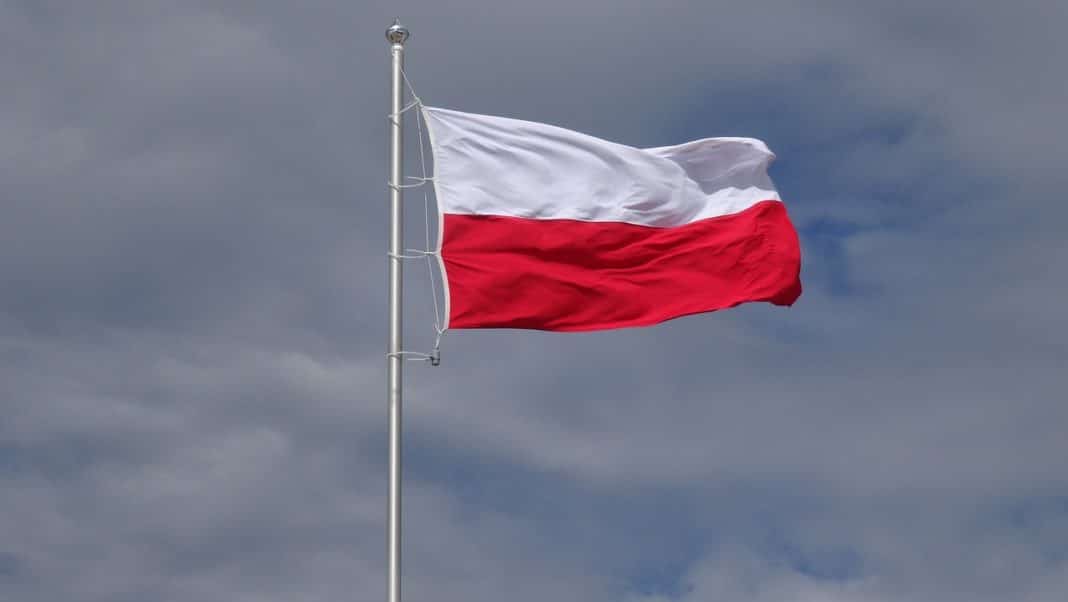A hundred companies dedicated to the real estate market gathered at the Finestrat Business Incubator at the 1st Residential Tourism Business Meeting. An event organised by Imont Legal & Taxes Finestrat with the collaboration of the Alicante Chamber of Commerce.
The event was attended by the mayor, Juanfran Pérez Llorca; the Councillor for Tourism, Business and Residents of Other Nationalities, Donna R. Plummer; the regional secretary of Housing of the Generalitat Valenciana, Sebastián Fernández; the president of the Chamber of Commerce, Carlos Baño; and the CEO of Imont, Alfonso García.
For the latter, the Costa Blanca has all the ingredients to become a benchmark for real estate investment in both Spain and Europe: the climate, the gastronomy, the leisure and culture offer, the landscape, the beaches… But, who buys in area? García reviewed the profile of clients in the north of the province. Thus, he highlighted that it has a higher purchasing power, only 19% of clients need external financing to carry out the operation, this is four percentage points less than at the national level.
It is a younger profile, with an average of about 49 years old, 2 years earlier than the Spanish average. But also more determined, 61.7% of foreigners only need one week to close the purchase. Furthermore, García highlighted that even 12.2% of investments are made without a face-to-face visit, only virtual.
As far as nationalities are concerned, the United Kingdom is relegated to third place after having spent years leading this particular list. Belgium and the Netherlands have gained ground, said the expert. Germans, French and Norwegians also have a presence. However, García highlighted arrivals from Poland as emerging, they represent 35.6% of the total buyers in Benidorm and the north of the Costa Blanca.
And it doesn’t stop there, neighbouring countries, such as Slovaks, Ukrainians, Hungarians, Romanians and other Eastern countries, are also increasing their investments. Based on the data provided, Polish clients lead the greatest growth in the real estate and residential tourism sector with 14.3%, followed by 6.9% Ukrainians, 4.8% Hungarians or 4.3% Czechs. In addition, he reported that one of the most widespread interests of clients is obtaining a tourist licence to rent it on the days when they are not at home.





